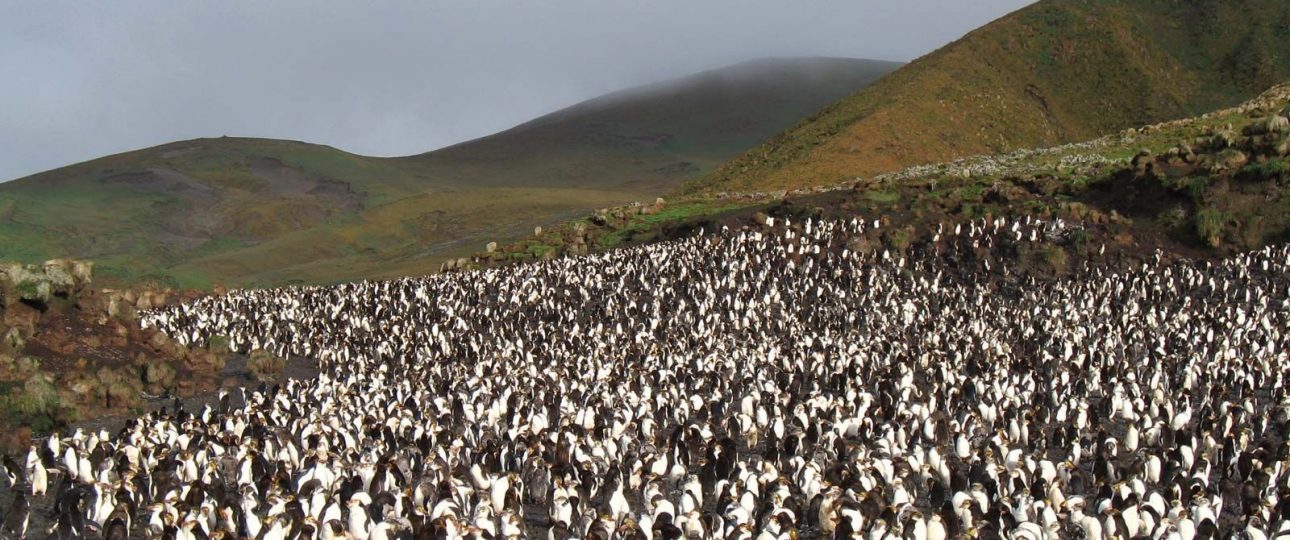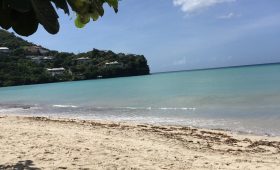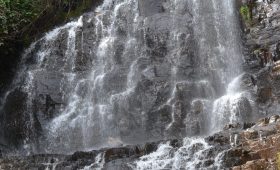Exploring Macquarie Island
Macquarie Island, a UNESCO World Heritage site, is a unique destination for those intrigued by remote, natural environments. Located about 1,500 km south-southeast of Tasmania and 1,200 km north of Antarctica, this Subantarctic island is managed by the Tasmanian Parks and Wildlife Service. It’s a place where nature thrives in isolation, offering a rare glimpse into a world largely untouched by human activity.
Unique Features of Macquarie Island
- Biodiversity: The island is home to a staggering array of wildlife, including thousands of seals and millions of penguins. Notable species include the Southern Elephant seal and the New Zealand Fur seal, as well as king, royal, gentoo, and rockhopper penguins. Efforts to eradicate introduced species like feral cats and rabbits have been successful, allowing native populations to recover.
- Climate: Expect a cold, wet, and windy environment. Average temperatures range from 3°C in winter to 7°C in summer. The weather is notoriously unpredictable, so pack accordingly.
- Research and Conservation: The Australian Antarctic Division maintains a research station at the northern end of the island. The population fluctuates between 20 and 40 researchers and support staff, depending on the season.
Best Time to Visit
The optimal time to visit is during the Southern Hemisphere summer, from November to March. During these months, the weather is slightly milder, and wildlife activity is at its peak. However, always be prepared for sudden weather changes.
Getting to Macquarie Island
Reaching Macquarie Island is an adventure in itself. Access is tightly controlled, and permits are required. Here’s how you can get there:
- By Boat: Several expedition companies offer trips to Macquarie Island, often as part of a journey to Antarctica. Departures are typically from Hobart, Tasmania, or Bluff, New Zealand. The voyage takes about 3 to 4 days, and the Southern Ocean can be rough, so prepare for potential seasickness.
There are no port facilities, so landings are made using small boats like Zodiacs. Be ready to get wet and possibly face delays due to weather conditions.
Getting Around
Once on the island, exploration is primarily on foot. There are several walking tracks, including an Overland Track that spans the island’s length. Visitors should be equipped for rapid weather changes and carry a handheld VHF radio. Some areas have raised boardwalks to minimize environmental impact, and all excursions are monitored by Tasmanian park rangers.
What to See
- Wildlife: The island’s wildlife is a major draw. Witness the massive penguin rookeries, where king penguins gather in their hundreds of thousands. The sight and sound of these colonies are unforgettable. Watch for skuas and petrels, which are part of the island’s complex ecosystem.
- Seals: Observe the enormous Southern Elephant seals, some weighing over 1,000 kg, as they lounge on the beaches. Male juveniles often engage in play fights, a fascinating behavior to witness.
Macquarie Island offers a rare opportunity to experience a truly remote and wild environment. Its unique biodiversity and challenging climate make it a destination for the adventurous traveler seeking something out of the ordinary. However, be prepared for the logistical challenges and the need for self-sufficiency due to its isolation.




